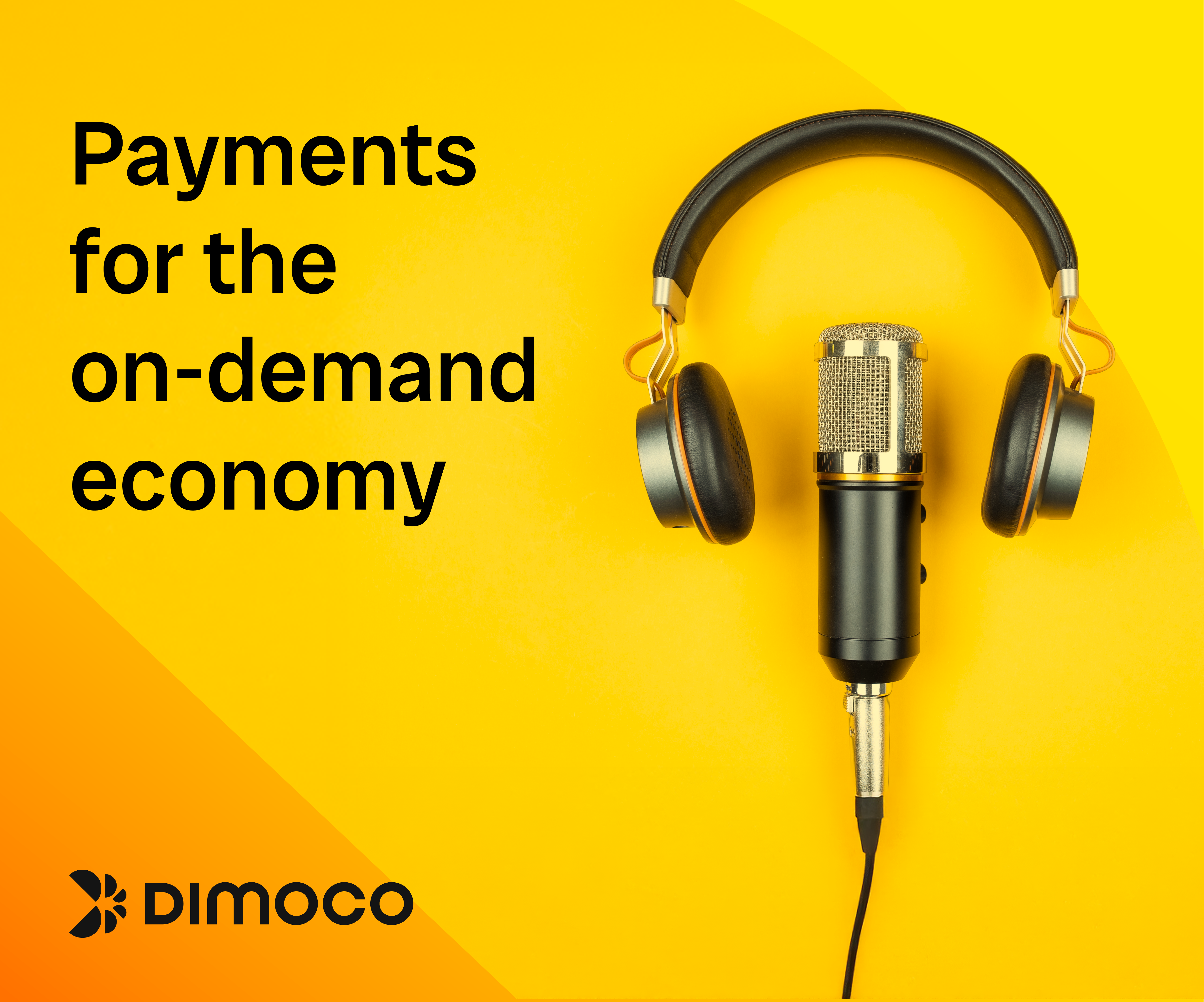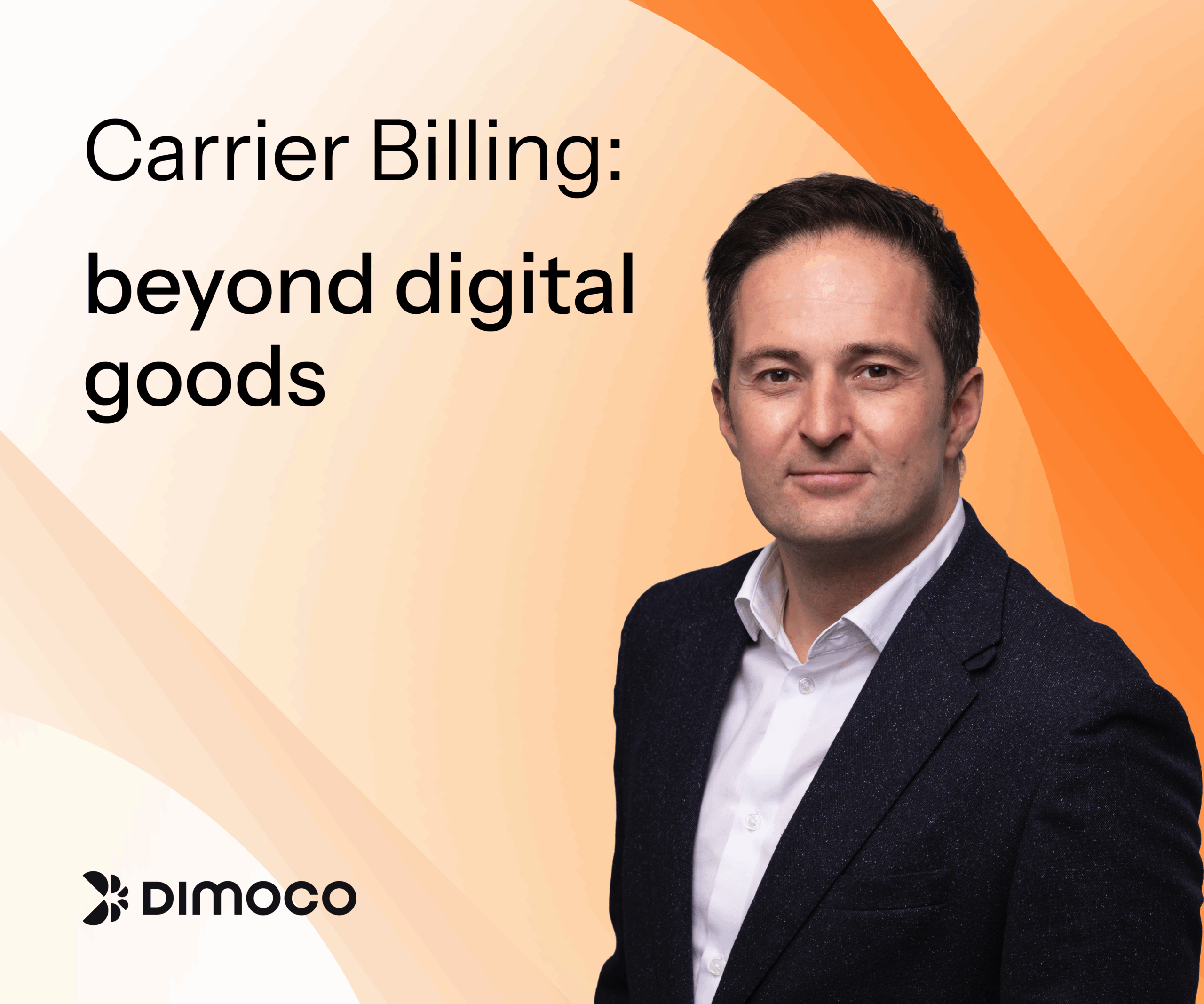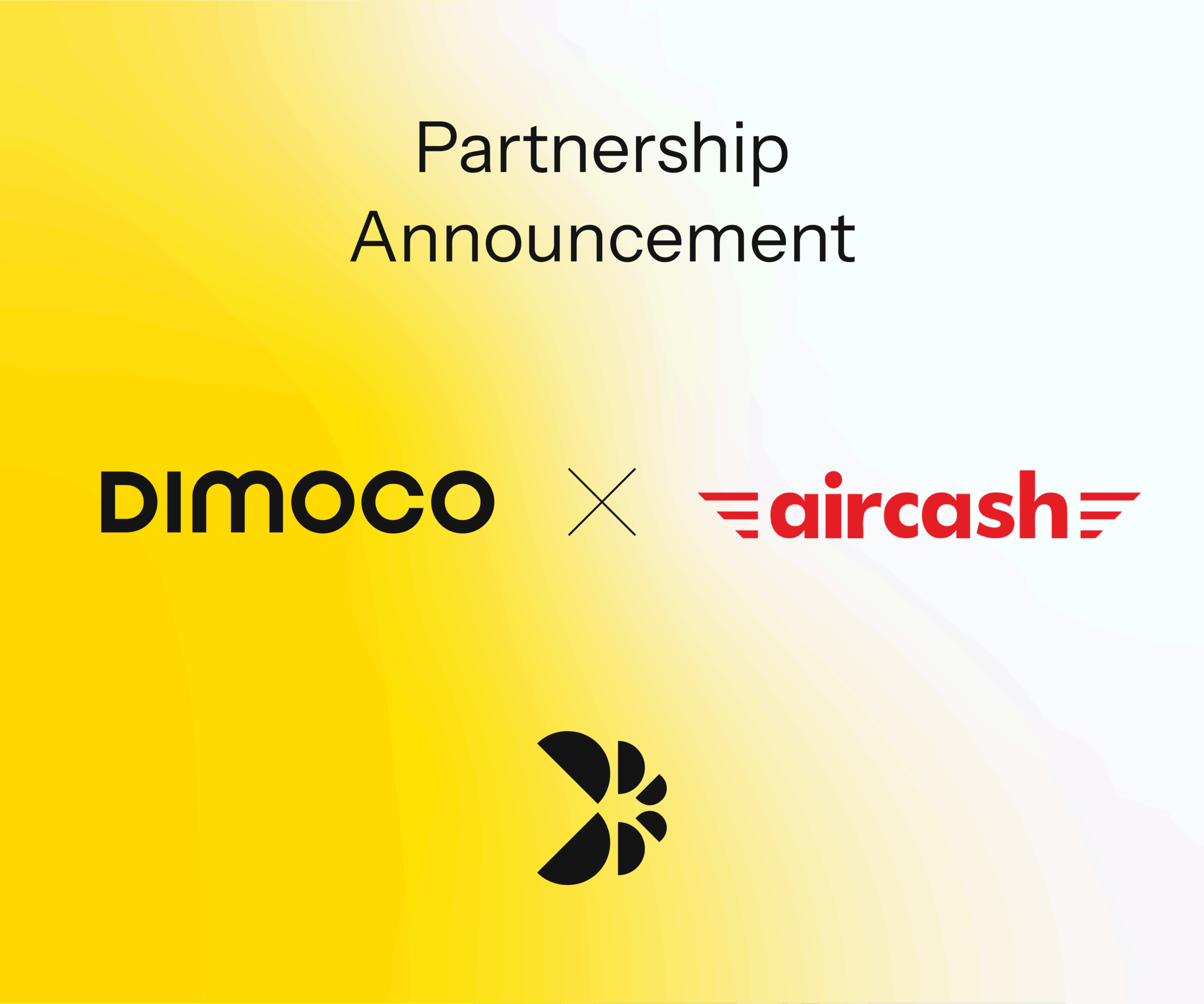Expanding into Commerce, Transport & Everyday Payments
At the Mobile Ecosystem Forum, a panel of industry leaders — Isik Uman (TPAY), Clemens Leitner (DIMOCO), Claudio di Padova (Vodafone Germany), and Amelia Newsom-Davis (Orange France) — joined moderator Dario Betti to explore how direct carrier billing (DCB) is breaking out of its digital niche and finding a role in everyday payments.
The New Face of Carrier Billing
Once synonymous with ringtones and streaming subscriptions, carrier billing is stepping into the real world. Think bike rentals, EV charging, public transport, and even iGaming. In markets where credit cards and digital wallets don’t reach everyone, paying via the mobile bill offers speed, trust, and reach.
Mobility Takes the Lead
The strongest traction is showing up in mobility services. EV charging stations and bike rental apps are using carrier billing to sign up new users quickly and keep payments frictionless. Public transport, however, remains a tougher nut to crack. Price-driven operators tend to prioritize cost savings over seamless user experience.
Betting on iGaming
Another surprising growth area is iGaming. Highly regulated and often sitting between digital and physical classifications, the sector benefits from CB’s agent models. These frameworks bring compliance, higher spending limits, and trust, unlocking real revenue potential in countries like Austria, Germany, and Poland.
Awareness Is Everything
For all its promise, many consumers still don’t know CB exists. That’s changing through bold campaigns and unified branding. In Germany, the Zahl einfach per Handyrechnung (Pay by mobile bill) initiative gave the method a face and built trust. Campaigns with partners like Nextbike, MSU, Moovility, and CityWATT have gone further, offering perks from free bike rides to cashback on charging. The result? Thousands of new registrations and higher transaction volumes.
The lesson is clear: incentives work, but the real win comes when CB remains simple, surcharge-free, and always available after the promo ends.
Rules of the Game
Regulation is both a hurdle and a catalyst. From the €50 cap in Europe to Turkey’s central bank frameworks, rules vary widely. Agent models are proving to be a smart workaround, giving operators the compliance cover they need while creating confidence for merchants and users.
APIs, Simplified
Technology integration is another frontier. Today’s patchwork of payment APIs makes adoption messy, but initiatives like Open Gateway and CAMARA could change that. If APIs are standardized, carrier billing becomes easier for merchants to plug in — and more attractive for global payment providers to include as a default option.
What’s Next?
With regulators putting pressure on Apple and Google, the payments landscape is shifting. Carrier billing, once an afterthought, is starting to look like a serious alternative — not just for digital content but for everyday transactions.
The Bottom Line
The panel’s message was clear: carrier billing is growing up fast. From green mobility to iGaming, from branding campaigns to API standardization, the pieces are falling into place for DCB to become a mainstream payment method. What started with ringtones may soon be powering rail tickets, EV charging, and beyond.



